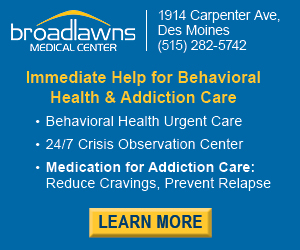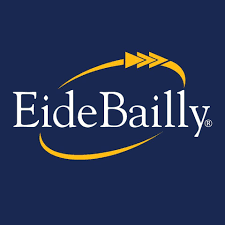MCLELLAN: Plan ahead for big changes

I hate to beat on the airlines all the time, but sadly, they sure make it easy.
This past weekend, United and Continental, in a push toward their final merger date, merged their computer systems. Naturally, I was flying, so I got to see firsthand what a disaster it was.
United executives knew exactly when the systems were going to merge. They knew their employees had received only a week or two of training. They knew there were bound to be problems.
They should have been prepared. But they behaved as if it were just an ordinary day. And it bit them and many of their fliers in the rear end.
If your company is ever approaching a significant change that’s going to have ramifications for your customers, employees or the community, here are a few points to remember:
Communicate often and regularly to your customer base and employees prior to the event: United sent one email, 48 hours before the systems merger, to people who were flying over the weekend. It simply said you might need to allow a little extra time, in case the shift slowed things down.
There should have been a series of emails (and probably snail mail) that outlined the entire process and offered alternative solutions if there were problems.
Break down the event into smaller events, if you can: For many people who were traveling that weekend, it wasn’t until they tried to log into the new website that they discovered that United also chose this timeframe to change everyone’s Mileage Plus (frequent flier) numbers. Their old number was how most people logged into the website, used the mobile app, etc.
That change should have happened a few months ago, so frequent fliers (United’s best customers) weren’t caught unaware.
Beef up your customer service team and locations to help customers navigate through the change: One of the primary places affected by the merger hiccups was United.com. Remember, this is the portal through which most people check in, buy tickets, reserve their seats, etc.
Unfortunately, the site was nearly non-functioning. You couldn’t check in or do anything to an existing reservation. Which meant you had to use the 800 number to take care of your travel needs.
Sadly, they clearly did not staff up their phone lines. Because I travel as much as I do, I get to call a premier line when I want to talk to someone at United. After waiting on hold (on their “best customers” line) for more than two hours, I gave up and hung up. I can’t imagine how long the wait was on the regular number.
When I got to the airport (several hours early, now anticipating trouble), there was the usual number of ticketing agents at the counter. Even though almost every single person in line got an error message when he or she tried to use the self-check in machines. Some people waited more than three hours to simply check in and get a boarding pass.
Bottom line: Walk through every single step of how customers and employees interact with your organization. Look for aspects of the experience that could be affected by your pending change. Put fail-safes in place so you can minimize the damage done and think about adding some amenities to thank your customers for their patience and tolerance.
You need to make your big event a non-event from the customers’ perspective. That doesn’t happen without careful planning.









